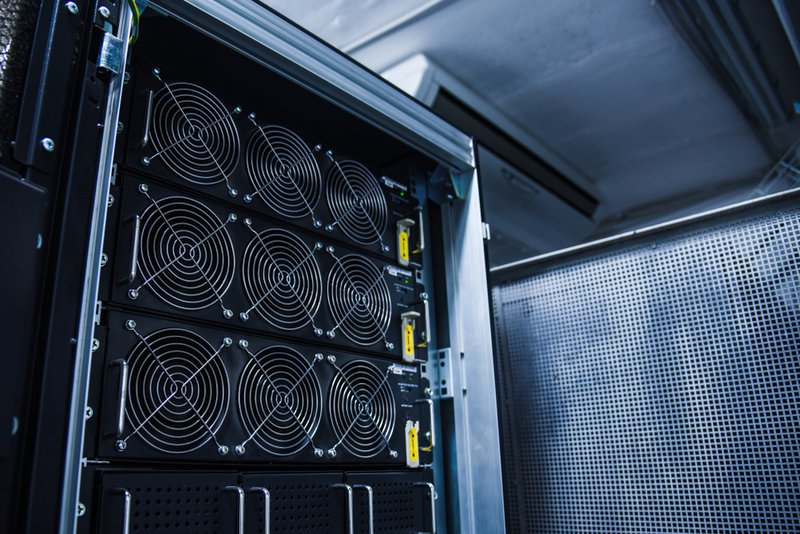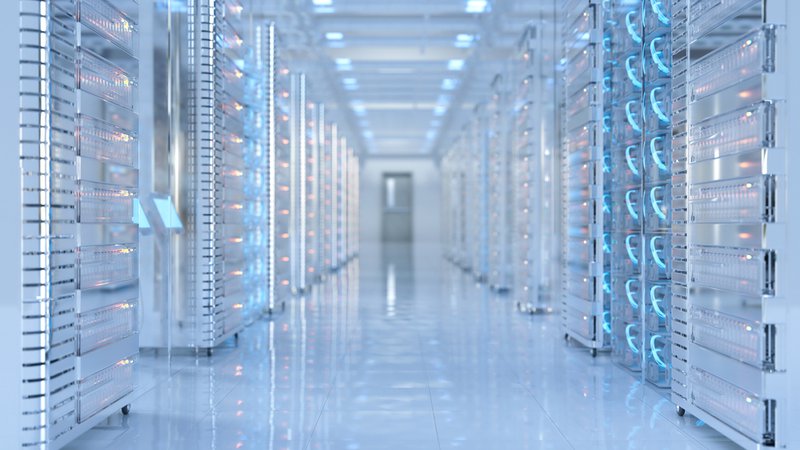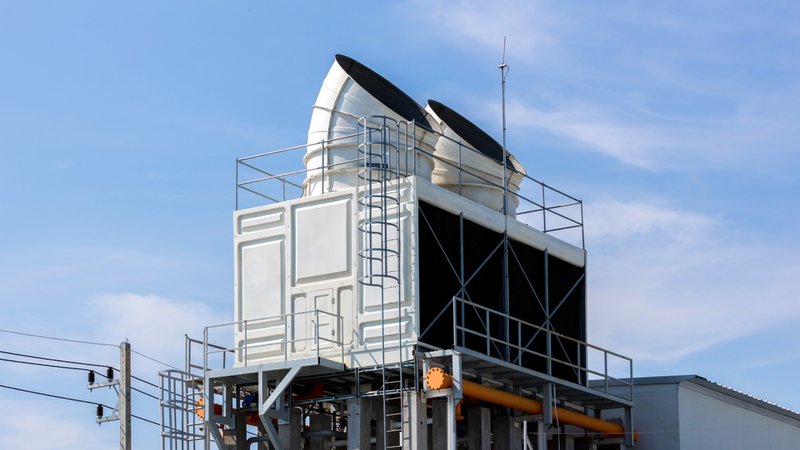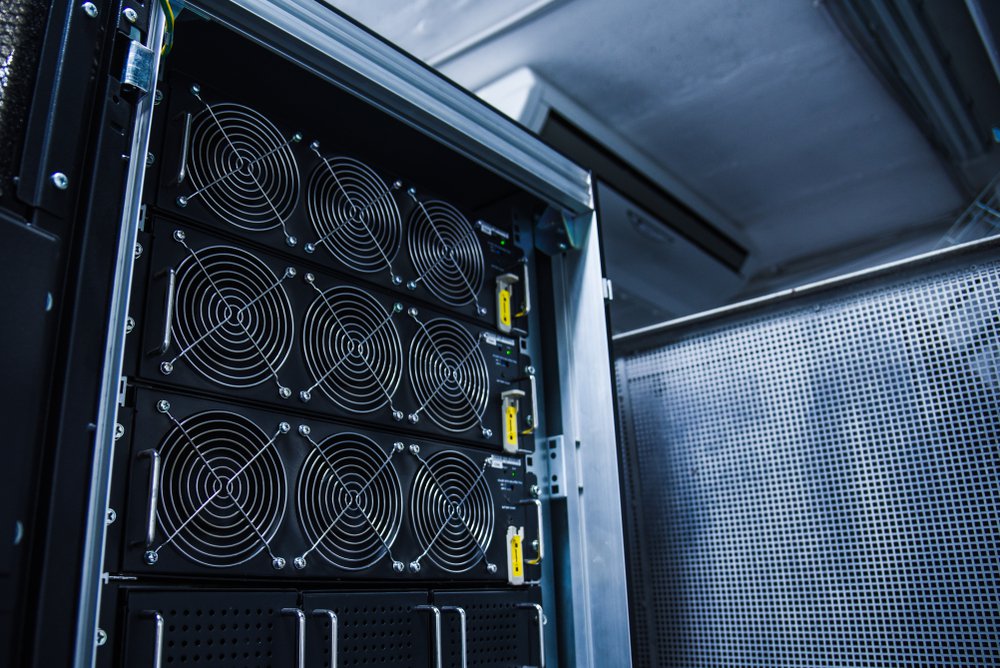The data center industry undergoes frequent adjustments to keep pace with customer needs and regulatory requirements. Important recent regulations include those in the Data Center Optimization Initiative (DCOI). This policy requires federal government agencies to start and report on efforts to streamline their data centers.
Boosting data center efficiency is now a key focus. It includes steps such as consolidating older infrastructure into new environments and using energy-efficient chips. Installing high-capacity cooling systems like liquid immersion complements these practices.
DCOI compliance also calls for agencies to improve security and reduce costs. Because energy efficiency drives cost efficiency, the same solutions often target both goals at once. For instance, a liquid immersion cooling system from Green Revolution Cooling (GRC) cuts costs while increasing energy efficiency.
The regulations and incentives in the DCOI push data centers to operate more responsibly. By wasting less energy and money, facilities protect the environment and their own resources. Constituents receive greater value, and society as a whole benefits. So, it’s incumbent on data center operators to deploy DCOI-compliant technology that is more energy efficient.

What Is the Data Center Optimization Initiative, and Why Is It Important?
The Data Center Optimization Initiative is a U.S. Government policy set in August 2016. It stems from an Office of Management and Budget (OMB) memorandum addressing data center requirements. Specifically, data centers must comply with the Federal Information Technology Acquisition Reform Act (FITARA), an effort to improve IT management in federal agencies.
As such, the DCOI makes an important contribution to optimize and consolidate data centers. This legislation minimizes costs and wasted energy while strengthening performance and resilience. It does so by encouraging data centers to adopt more efficient technology, such as cloud hosting and liquid cooling.
The DCOI presents both benefits and challenges for the government and data centers. For example, the law brings heightened management practices that deliver more computation while conserving resources. But it also pressures data center operators to implement the tools and techniques necessary to achieve these goals.
Fortunately, some techniques like liquid immersion cooling are actually easier to use than other data center cooling methods. As a result, data centers can comply with regulations and increase their server capacity while saving on operational and capital expenses.
New DCOI Regulations and Incentives: Industry Impact
The data center industry must rise to meet the new expectations set in the DCOI. These changes affect the size and location of data centers, as well as how they’re run internally. What’s more, federal agencies now need to monitor and report on their progress against the DCOI goals.
Development Freezes, Consolidations, and Closures
Under the DCOI, agencies must make their data centers more resource-efficient and close non-performing facilities. The government has also instituted a development freeze to prevent agencies from allocating budget increases to new and existing data centers. An agency can now only create or expand IT infrastructure with OMB approval.
To get approved, the agencies must justify the additional IT resources against alternatives. For example, admins would write an analysis of building a data center versus renting cloud services or colocation facilities. The new or expanded data center would have to result in an overall decrease in data center inventory, such as by expanding one data center to close down three others.
In terms of consolidation and closure, federal agencies must minimize their roster of systems, applications, and databases. To cut IT assets, the agencies should use virtualization technology. This approach lets organizations combine multiple assets into one right-sized infrastructure. An agency could host five or six operating systems on a single physical device. The virtualized solutions can be scaled up or down based on demand, unlike agency-owned hardwired data centers.
After reducing systems and applications to a minimum, federal agencies should apply risk analysis to choose optimal consolidation strategies. The three main options are:
- Migrate as much to the cloud or other provisioned services as possible.
- Combine multiple systems on shared services within the agency, among other agencies, or in colocation facilities.
- Move data to the agency’s optimized data centers.

Closures and Cost Savings
The main motivation for data center closures is to cut costs. As the federal government has faced growing needs for data processing, agencies have built numerous IT services. But over the years, this infrastructure has become unwieldy. Now, it’s time to retract unnecessary facilities to focus on efficiency.
Cloud services aren’t necessarily cheaper or more efficient than the agency’s own infrastructure. So, it’s unfair for the government to assume that closures will automatically bring big savings. Instead, agencies should invest in energy-efficient hardware like certified environmentally friendly processors and liquid immersion cooling systems.
A useful approach to funding energy enhancements is called performance contracting. For instance, an “Energy Savings Performance Contract” is a congressionally approved way for federal agencies to develop more efficient infrastructure without upfront costs to contractors. The contractor instead receives payment from the energy cost savings.
Note that the targets for cost recuperation and data center closures are dynamic, not fixed. The OMB will continue to collaborate with federal agencies to refine these goals. As agencies make headway, the OMB will assess how to further optimize their performance under the DCOI.
Advanced Energy Metering
Tracking performance is essential. In fact, the OMB provides various metrics that objectively evaluate how each agency optimizes its processes. One such metric is the amount of virtualization, server utilization, and smart energy metering.
When we focus on metering and energy management tools, data center infrastructure management (DCIM) systems is an important category. Federal agencies can use DCIM to automatically track metrics, which in turn boosts performance. It’s an easy way to adhere to DCOI standards.
The tool reveals both stranded capacity and environmental conditions. Managers can then adjust the temperature and humidity or eliminate redundant servers to slash waste. And because DCIM monitors heat, cooling, power, and so forth, it also makes the facility more reliable.
While the legal requirement for smart energy meters has varied over time, they’re generally a good idea from a technical perspective. Effective data center management rests on the quality of information you receive. So, federal agencies aiming to cut their electrical and financial losses should keep tabs on the infrastructure through digital monitoring.
Larger data centers use more energy and are more important to monitor. The OMB actually forces agencies that keep facilities with more than 100 kW to employ intelligent metering and submetering. The information must support correct calculations of the power usage effectiveness (PUE), a common measure of data center energy efficiency.
Exceptions can be made for data centers slated for closure and for those where it would be too costly to implement advanced energy metering. For these facilities, the OMB will update its process for assessing agencies in their metering. At any rate, data centers should measure and reduce their energy waste.
Resource Waste in Data Centers
There’s a lot about data center waste that isn’t openly talked about. On top of energy waste, it’s also common for facilities to run through excess water, electronics, and other resources. But trimming waste aligns your data center with DCOI goals and furthers your own mission.
For instance, GRC’s liquid immersion cooling dramatically reduces data center cooling energy. You only use what you need.
We know that wasting resources negatively impacts the environment. Think of all the electricity going into the data centers set for closure under the DCOI. Each kilowatt-hour generates carbon emissions and other unwanted byproducts. This is one reason for the regulatory backlash against data center sprawl.
Inefficient Cooling
A substantial amount of waste electricity goes into “overcooling.” Data center managers worry about damaging the IT equipment due to high heat or uneven cooling, so they turn the air cooling way up. But this blows through energy, which runs contrary to the DCOI and the data center’s financial interests.
By contrast, liquid immersion cooling automatically keeps the servers at low, even temperatures without the waste. And the liquid coolant protects servers against threats like oxidation and corrosion, so there’s also less e-waste. Completing the trifecta, immersion cooling virtually eliminates wastewater, a critical natural resource.
Wasted Space and Heat
Looking beyond energy, electronics, and water, there are many other preventable wastes in federal data centers. Consider real estate. The Data Center Optimization Initiative has agencies shutting down facilities to consolidate into fewer structures, using less real estate. Data centers should also have a large percentage of floor space actively used for IT equipment, which often doesn’t happen.
Another way data centers waste real estate is with bulky air cooling. Because of air cooling’s poor abilities, it only supports low-density racks. The air coolers also rely on a supporting infrastructure that wastes floor space. These areas would be better used to house servers.
Even waste heat, which works against DCOI goals, can be turned into a positive with immersion cooling. The liquid coolant captures server heat more efficiently than air, so liquid immersion systems can transfer the “waste” heat into a heating system.

Best Practices for DCOI Regulations Compliance
Meeting all the new DCOI regulations may seem intimidating. But innovative technology and time-tested best practices can help data centers exceed the requirements and increase their efficiency.
- Inventory and assess each data center. This should cover all the hardware, software, and infrastructure running the facility. Knowing where you are is essential to getting where you want to be.
- Develop a long-term strategy. This plan should cover data center operations over multiple years. Which infrastructure investments will you make? Which closures are necessary? A roadmap guides choices in more desirable directions.
- Set performance metrics with numerical targets. These are the specific measurements each facility should achieve to comply with the DCOI. For example, if your PUE is now 1.75, you could set a goal of reaching 1.03, which is far more energy-efficient.
- Monitor your progress. Agencies should track and report on their results in terms of targets and cost savings. While accurate reporting is necessary under the DCOI, this practice also lets you apply for funding opportunities. And, it ensures that you’re on the path toward improved energy efficiency and financial outcomes.
In addition, future-proof your data center with liquid immersion cooling. This technology can handle the rapidly increasing server heat to meet upcoming demands. By contrast, conventional air cooling can’t keep up with agencies’ growing IT loads. What’s more, air cooling’s limited performance is guilty for much of the resource waste being targeted by the DCOI.
Another way liquid immersion cooling systems help data centers plan for the future is through modular expansion. The Data Center Optimization Initiative urges techniques like cloud migration to avoid massive capital outlays for unnecessary hardware. By the same token, a facility shouldn’t install excessive cooling capacity that it won’t fully use, as often occurs with older air cooling.
Stay Ahead of DCOI Regulations With GRC
The Data Center Optimization Initiative requires federal agencies to comply with set standards of operation to improve their efficiency. While this is good for the taxpayer and the environment, it imposes challenges on data center operators. Namely, the facilities must find ways to save both money and energy.
Agencies should use technology to turn those challenges into opportunities. For instance, industry-leading liquid immersion cooling from GRC is more cost- and energy-efficient than traditional air cooling. It’s an ideal way for data centers to become more compliant with DCOI.
Immersion cooling also protects the environment through its sparse use of energy. The tanks are easy to install and maintain, and they’ll keep your servers running faster and longer. Federal government bodies have already started upgrading to GRC’s liquid immersion cooling systems and are enjoying the many advantages. Agencies should incorporate these systems into their overarching compliance and efficiency programs.
Contact GRC today to enjoy the benefits of liquid immersion. It’s the practical solution for all data center cooling needs.




